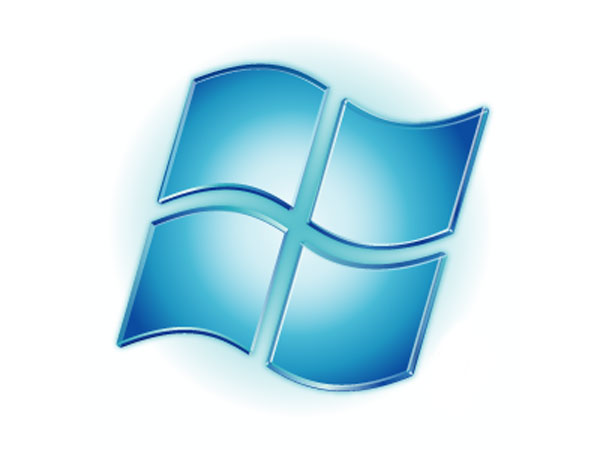
Rob Enderle demonstrates his fondness for dramatic headlines with his piece, The Death and Rebirth of Microsoft. A more conservative editor might headline the same piece, “Microsoft Steadily Shifts its Strategy.”
Last week, Microsoft (Nasdaq: MSFT) effectively ended the model that created it. This shouldn’t have been a surprise, as the model hasn’t been working well for years and, as a result, Microsoft has been getting its butt kicked all over the market by Apple (Nasdaq: AAPL).
Well Microsoft apparently has had enough, and it decided to make a fundamental change and go into hardware.
Aside from the hyperbole, Mr Enderle’s core insight is correct: Microsoft is breaking free of the constraints of its original, tried-and-true model, the basis of the company for years. Under than plan, Microsoft provided the software, someone else provided the hardware. Surface is different: it’s Microsoft hardware, and it signifies a major step toward the company’s ability to deliver a more integrated Microsoft experience on thin and mobile devices. This aspect of the Surface announcement was widely analyzed.
This is what you may not have noticed: Azure is the analogous step on servers. With Azure, Microsoft can deliver IT infrastructure to mid-market and enterprise companies, without the dependence on OEM partners, nor on the ecosystem that surrounds the phenomenon of OEM hardware installation – the networking and cabling companies, the storage vendors, the management software vendors and so on.
Just as Surface means Microsoft is no longer relying upon HP or Acer to manufacture and market cool personal hardware, and the rumored Microsoft handset would mean that Microsoft won’t be beholden to Nokia and HTC, Azure means Microsoft will not need to rely on Dell or HP or IBM to produce and install server hardware.
That is a big change for a company that was built on a strategy of partnering with hardware vendors. But times are different now. Microsoft is no longer purely software. In fact it is outgrowing its name, just as “International Business Machines” as a name has lost its meaning for a company that brings in 57% of its revenue through services. But while this is a big step, it’s not an a black-and-white thing. Microsoft maintains relationships with OEMs, for PCs, laptops, mobile devices and servers, and that will continue. Surface and Azure are just one step away from purity of that model.
Microsoft’s Azure, and Amazon’s AWS too, presents the opportunity for companies to completely avoid huge chunks of capital cost associated to IT projects; companies can pay a reasonable monthly fee for service, rather than undertaking a big investment and contracting with 4 or 5 different vendors for installation. That’s a big change.
Very enticing for a startup, or a small SaaS company.